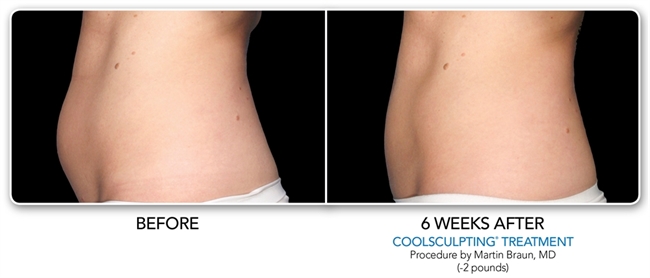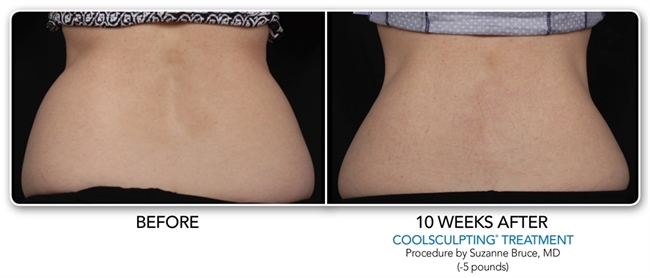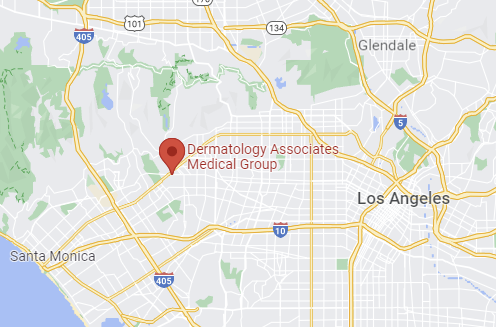Unwanted Fat Reduction
Dermatology Associates Medical Group uses CoolSculpting in Beverly Hills as a non-surgical alternative to invasive procedures, such as liposuction, that can eliminate stubborn fat without surgery or downtime.
How Does CoolSculpting Work?
CoolSculpting is designed to reduce areas of stubborn fat on the body. Certain areas of fat, such as “muffin tops” and “love handles,” are not eliminated even with diet and exercise. CoolSculpting works by freezing the fat cells in these areas while leaving healthy cells untouched. The fat cells die and are absorbed by the body. No needles or injections are necessary for treatment.
What Areas Does CoolSculpting Treat?
CoolSculpting works on several areas of stubborn fat. In particular, CoolSculpting is used to treat unwanted fat around the abdomen, back, and thighs. Our qualified dermatologists will discuss treatment options with you during your consultation to decide if CoolSculpting is right for you and which areas to treat.
What Happens After the CoolSculpting Procedure?
The CoolSculpting procedure is relatively quick and typically does not require any downtime afterward. Patients will see the most visible results appearing in the months following their treatment session. You may wish to schedule additional treatment sessions for more stubborn areas or for treating multiple areas of fat.
CoolAdvantage
 We now offer CoolAdvantage at our practice in Beverly Hills to go hand in hand with our CoolSculpting treatments. CoolAdvantage is a new group of applicators that deliver the CoolSculpting technology at a lower temperature.
We now offer CoolAdvantage at our practice in Beverly Hills to go hand in hand with our CoolSculpting treatments. CoolAdvantage is a new group of applicators that deliver the CoolSculpting technology at a lower temperature.
By reducing the temperature, these applicators cut treatment time nearly in half.
The new CoolAdvantage system uses three different applicators to better treat different areas of the body:
- CoolFit Advantage™: for vertical areas of fat such as the inner thigh.
- CoolCore Advantage™: for the contours of the abdomen.
- CoolCurve+ Advantage™: applicator of choice for flanks.
With these applicators patient comfort level increases while increasing the surface area of treatment.
*Results vary from patient to patient.
Before and after gallery:





